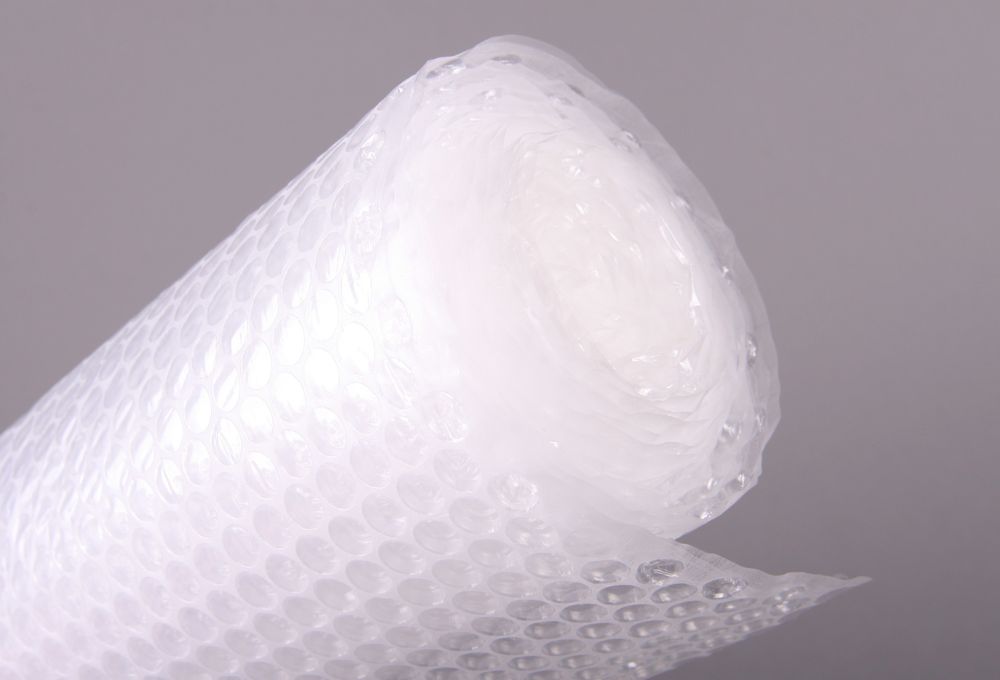Did you recently receive a package wrapped in bubble wrap and wonder if you can recycle it? Bubble wrap is a popular packaging material due to its ability to protect fragile items during transit. However, its disposal can be a concern as it is made of plastic.
There is no short answer to this question, though. It will depend on various factors. So, let’s dive in and discover what you can do with bubble wrap to reduce waste and contribute to a greener planet.
What type of plastic is bubble wrap?
Before we discuss recycling, let’s understand what bubble wrap is. Bubble wrap is a packaging material made of plastic sheets filled with air-filled bubbles. It provides cushioning and protection for delicate items during transportation.
Bubble wrap is a type of plastic film, similar to plastic bags, shrink wrap, bread bags, etc. And it is categorized as low-density polyethylene (LDPE). This category of plastics should not go in curbside recycling because they clog the machines.
However, we will see that there is still possible to recycle bubble wraps when we place them at designated drop-offs for plastic film.
How to Recycle Bubble Wrap?
Now that we learned that it is possible we want to know how to do it correctly. But first, it will require some extra research on your part to identify if it is actually possible in your city.
The ability to recycle bubble wrap depends on the facilities available in your local area. Check with your local Municipality or waste management departments to determine the specific guidelines for recycling bubble wrap. They can provide information on recycling centers, drop-off points, or curbside recycling programs that accept bubble wrap. Proper disposal and recycling practices ensure that bubble wrap doesn’t end up in landfills or pollute natural ecosystems.
If it is possible for you, great! The next step is easy. These recycling bins for plastic film are typically advertised for plastic bag recycling and can be found at most grocery stores, pharmacies, or other retailers.
Alternatives to Recycling Bubble Wrap
In cases where recycling bubble wrap may not be feasible, there are alternative options to consider for its proper disposal.
Reusing Bubble Wrap
One practical solution is to reuse bubble wrap whenever possible. By carefully unwrapping it from packages, you can preserve its protective qualities and use it for future shipments or to protect fragile items during storage. Reusing bubble wrap not only reduces waste but also saves money by avoiding the need for additional packaging materials.
Donating Bubble Wrap
Another option is to donate bubble wrap to local shipping stores or organizations that frequently require packaging materials. Small businesses, artists, or individuals who frequently ship delicate items might appreciate receiving bubble wrap, preventing it from going to waste.
Creative Crafts and DIY Projects
Bubble wrap can also serve as a versatile material for various creative crafts and DIY projects. From creating textured artwork to making padded laptop sleeves, there are countless ways to repurpose bubble wrap. Engaging in such projects not only reduces waste but also sparks creativity and adds a personal touch to your surroundings.
How can Business Recycle Bubble Wrap?
It might be more difficult for businesses to recycle bubble wrap because they probably generate larger quantities of plastic film waste.
For them, it would be advisable to find a waste management company that has recycling solutions for businesses. They can assess their specific needs and design a cost-effective program. Most of these companies will have programs for Corporations and Small Businesses.
Eco-friendly Alternatives to Bubble Wrap
There are plenty of options. Your choice will depend on your budget and your packaging needs. Here are just some examples:
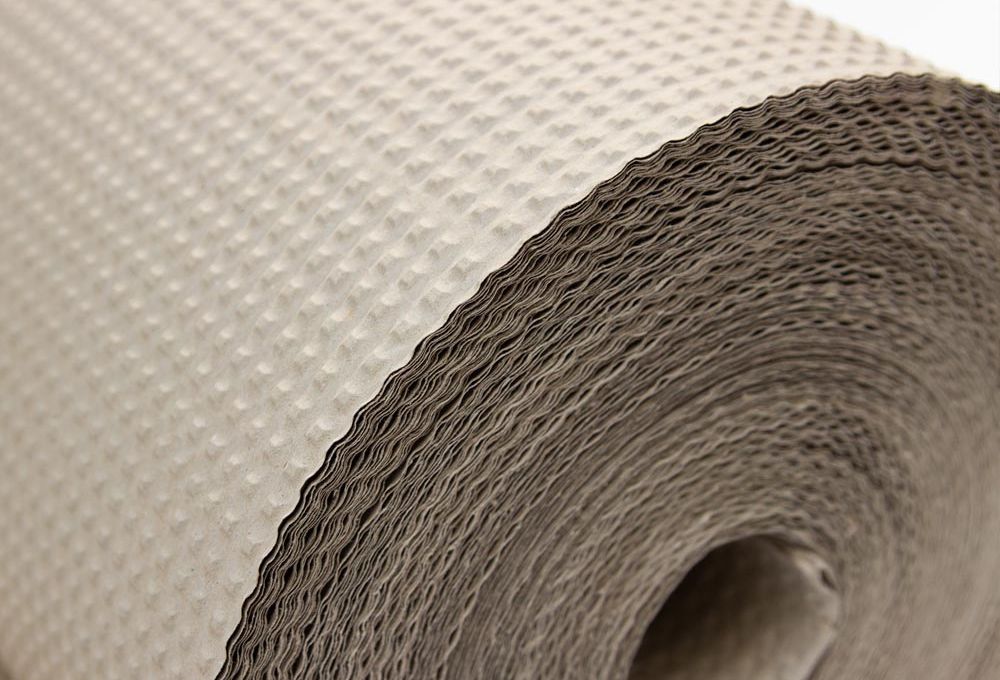
Paper bubble wrap
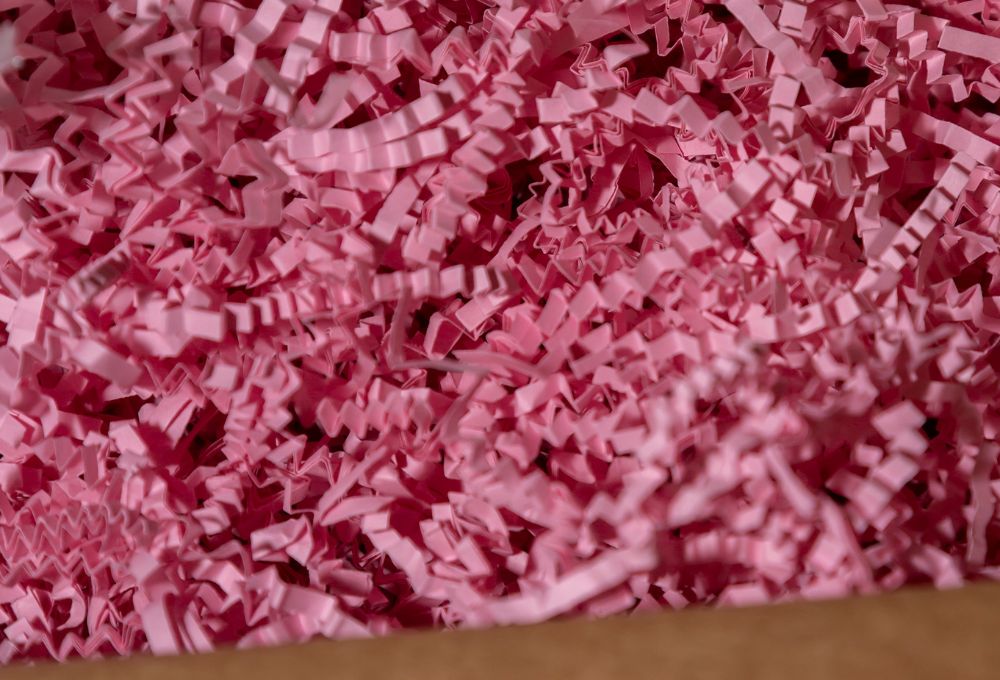
Shredded paper
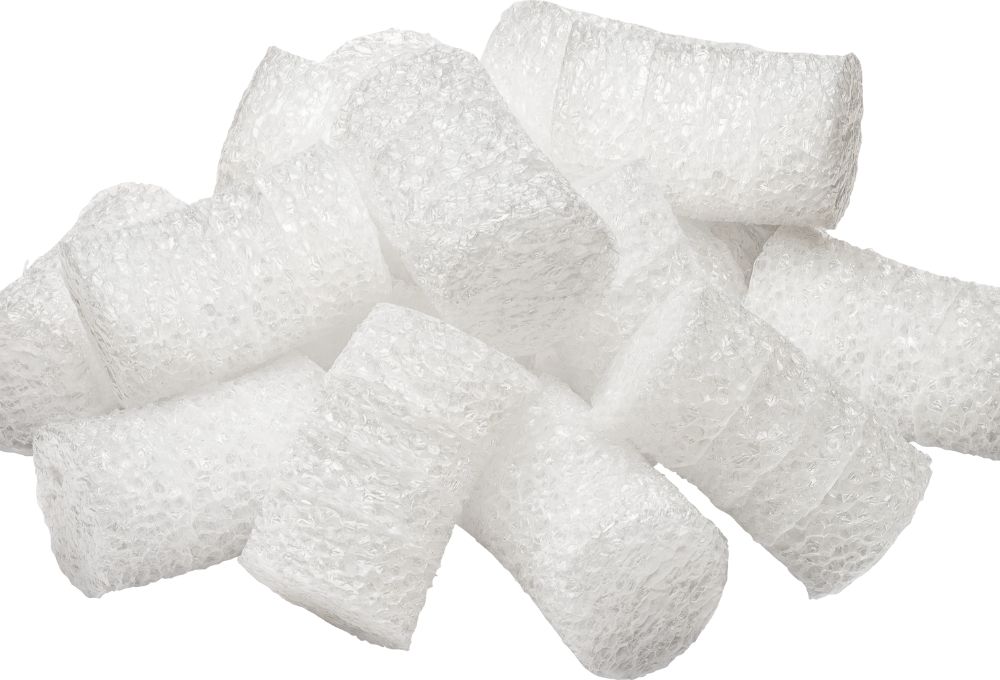
Biodegradable packing peanuts
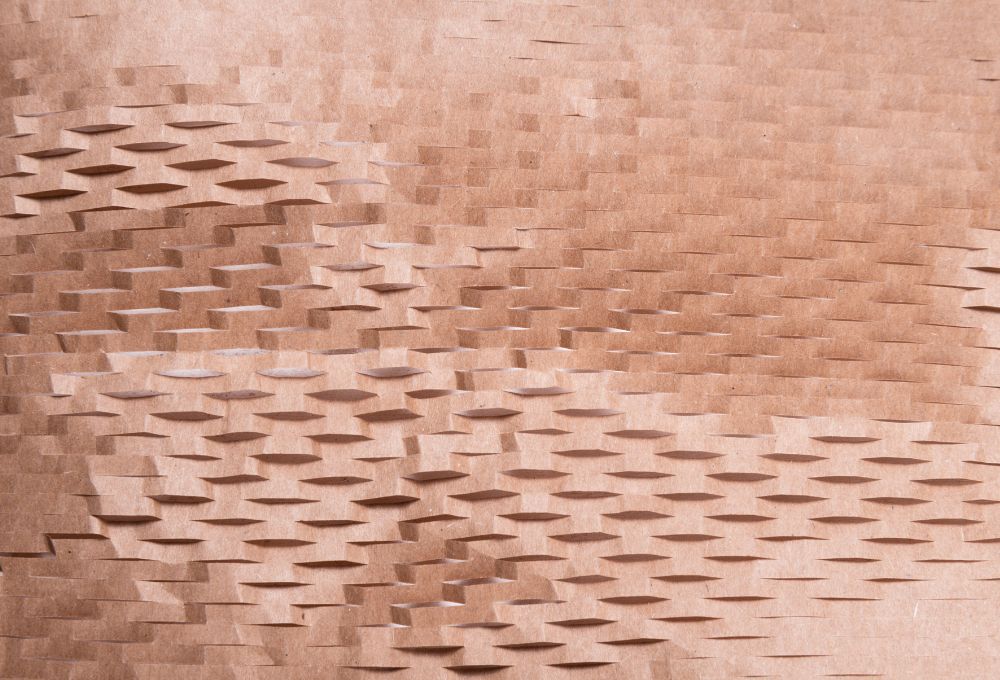
Honeycomb wrap
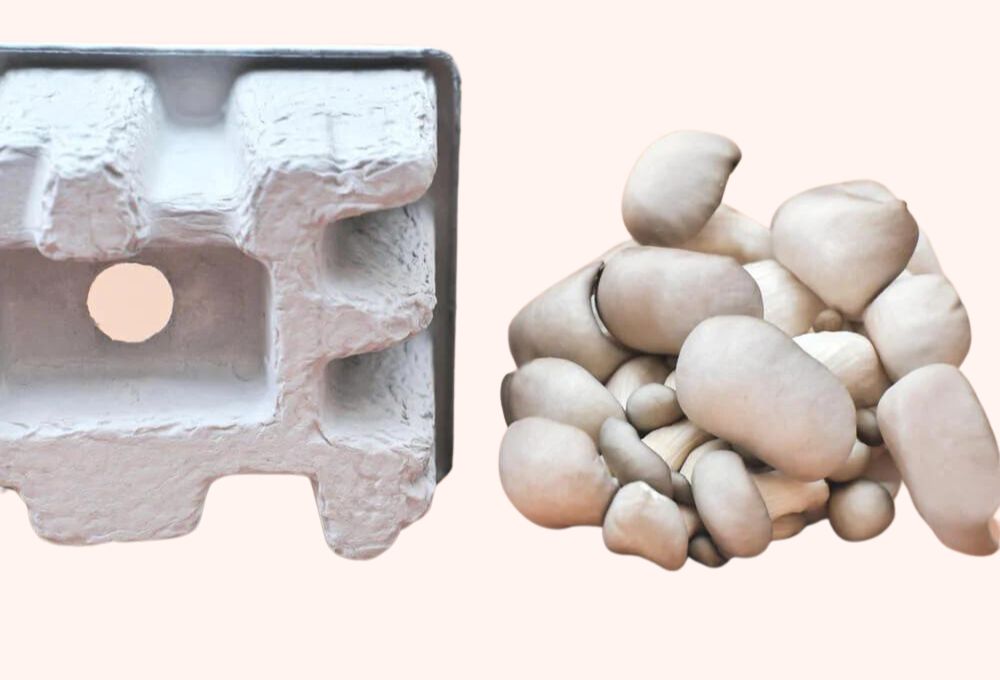
Mushroom packaging
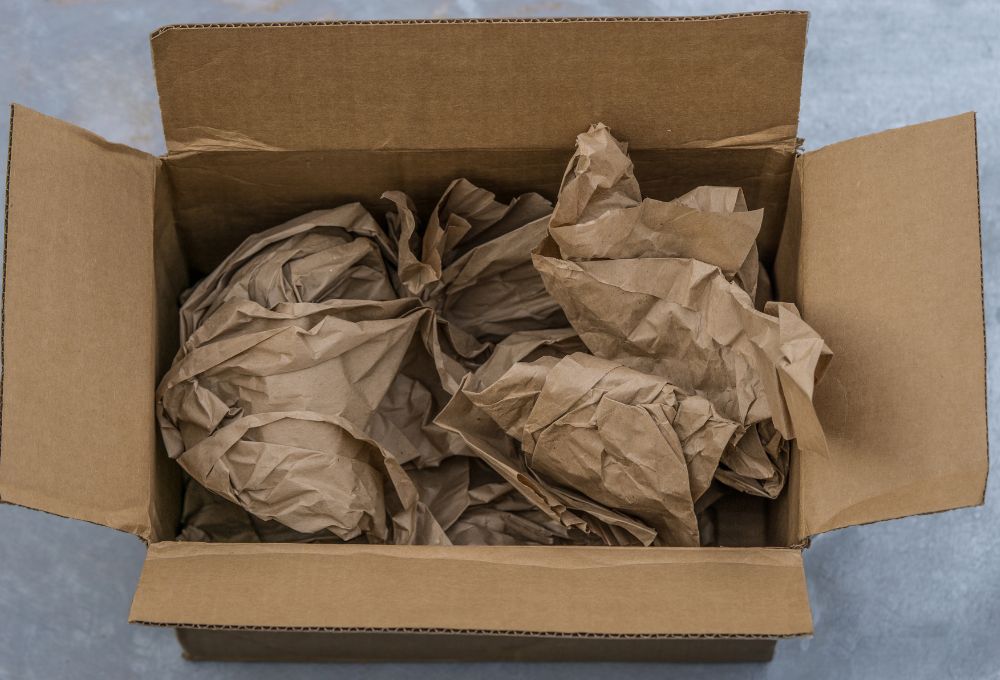
Void fill papers
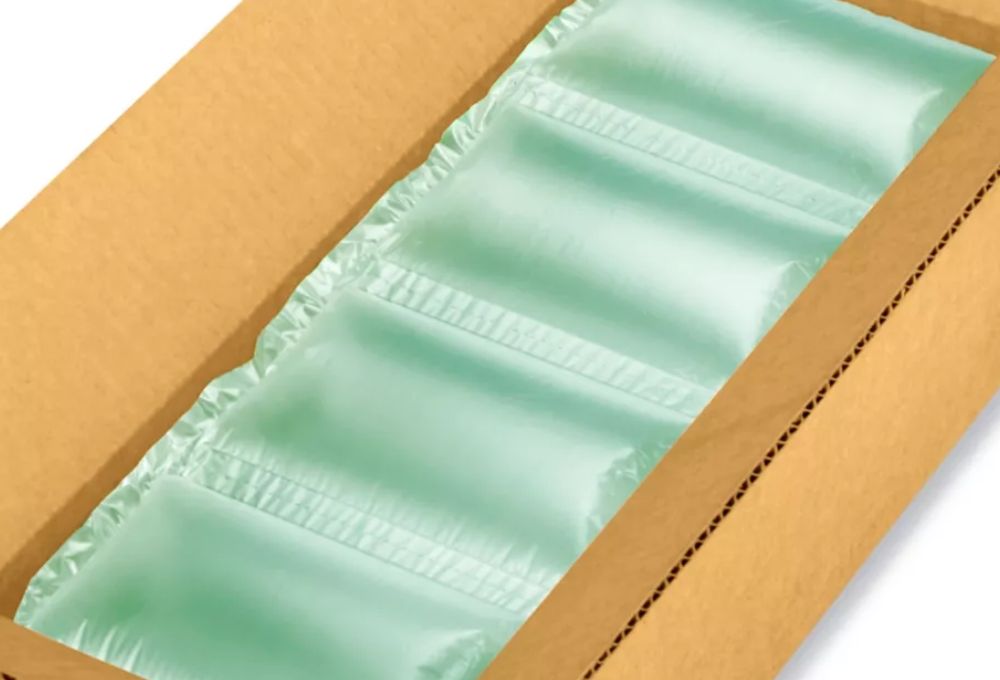
Biodegradable air cushions
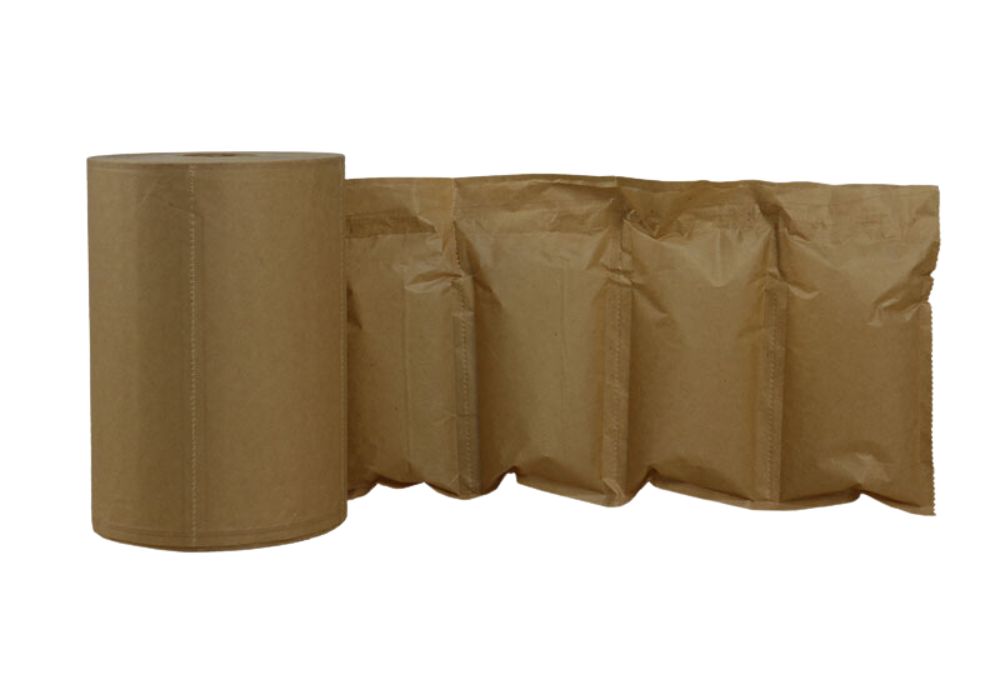
Paper air cushions
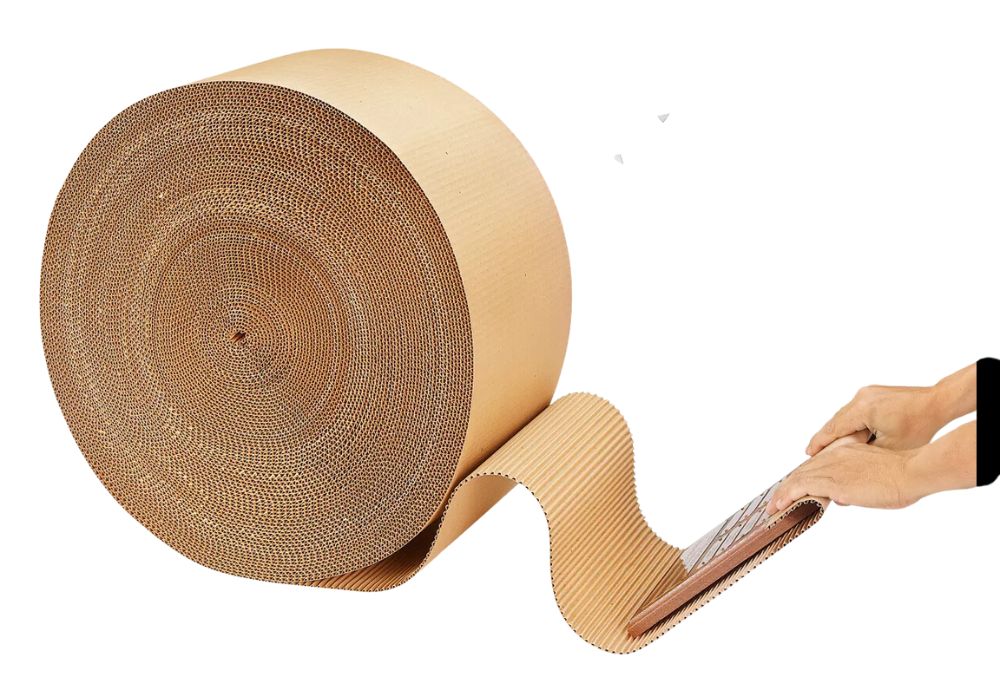
Corrugated wrap
Environmental Impact of Bubble Wrap
Understanding the environmental impact of bubble wrap is crucial to comprehending the significance of recycling or finding alternative solutions for its disposal.
Plastic Pollution and Waste Management
Plastic waste is a significant environmental concern globally. Improperly managed plastic waste ends up in landfills, where it can take hundreds of years to decompose. Additionally, some plastic waste finds its way into natural ecosystems, causing harm to wildlife and marine life.
Effects on Marine Life and Ecosystems
When not disposed of properly, bubble wrap and other plastic materials can end up in oceans and waterways, representing a threat to marine life. Animals often mistake plastic for food, which can lead to ingestion, entanglement, and even death.
Conclusion
In conclusion, while bubble wrap can be a valuable packaging material for protecting fragile items, its recycling process depends on local facilities and regulations. Recycling bubble wrap is an effective way to minimize plastic waste and contribute to a more sustainable future. However, when recycling is not an option, reusing bubble wrap or donating it to others can be excellent alternatives. By taking responsible actions and making conscious choices, we can reduce our environmental footprint and ensure a cleaner, greener planet.
FAQs
No, bubble wrap should not be recycled with regular plastic bags. While both are made of plastic, bubble wrap has a different composition due to the air-filled bubbles. Bubble wrap should be recycled separately to ensure proper handling and processing.
Home recycling programs may not accept bubble wrap, as they often focus on accepting common household plastics. It is recommended to check with your local recycling facilities or waste management departments for proper disposal guidelines.
Traditional bubble wrap is made from plastic and is not biodegradable. However, some eco-friendly alternatives made from biodegradable materials are available in the market.
Bubble wrap is generally not suitable for composting due to its plastic composition. It is best to follow local guidelines for plastic waste disposal.
Bubble wrap made from traditional plastic can take several hundred years to decompose, emphasizing the importance of responsible disposal and recycling.

